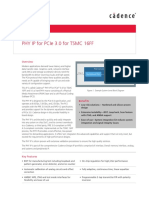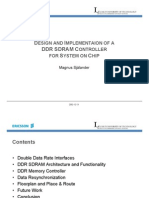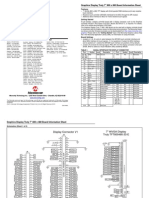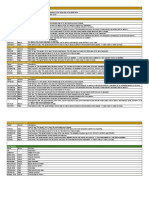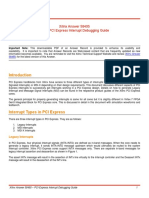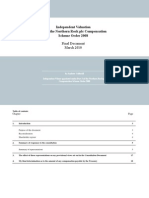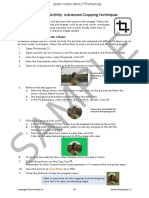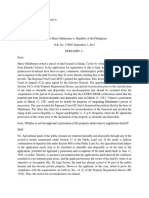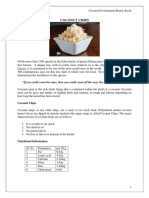0% found this document useful (0 votes)
44 views2 pagesProcedure
The document outlines procedures for receiving and sending MSI interrupts using the AXI bridge. It details steps for enabling the MSI controller, programming addresses, detecting transactions, handling interrupts, and acknowledging them. Additionally, it describes the process for sending an MSI interrupt, including enabling generation, setting parameters, initiating requests, and verifying transmission.
Uploaded by
kvasita1Copyright
© © All Rights Reserved
We take content rights seriously. If you suspect this is your content, claim it here.
Available Formats
Download as DOCX, PDF, TXT or read online on Scribd
0% found this document useful (0 votes)
44 views2 pagesProcedure
The document outlines procedures for receiving and sending MSI interrupts using the AXI bridge. It details steps for enabling the MSI controller, programming addresses, detecting transactions, handling interrupts, and acknowledging them. Additionally, it describes the process for sending an MSI interrupt, including enabling generation, setting parameters, initiating requests, and verifying transmission.
Uploaded by
kvasita1Copyright
© © All Rights Reserved
We take content rights seriously. If you suspect this is your content, claim it here.
Available Formats
Download as DOCX, PDF, TXT or read online on Scribd
/ 2

